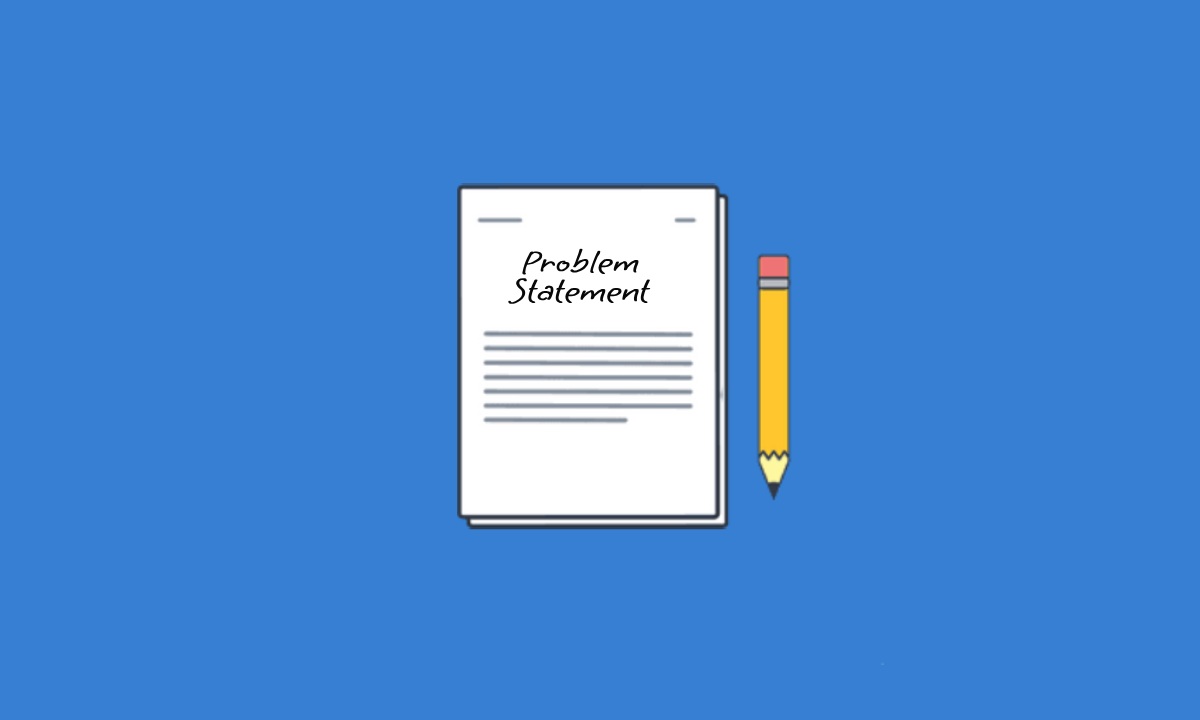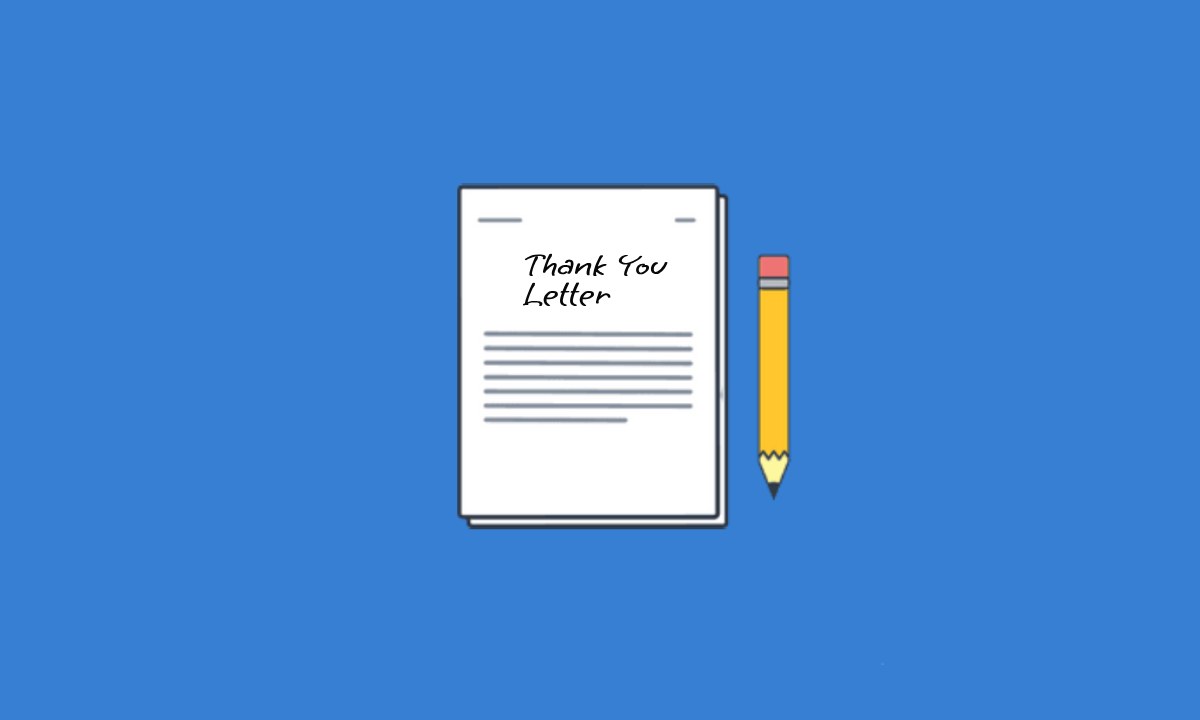What is a Problem Statement?
Problem statement is a clear, concise description of the issue or gap in knowledge that the research seeks to address. It outlines the specific problem being investigated, provides context to its significance, and justifies the need for the study. The problem statement sets the stage for the research by identifying what is not known, what is lacking in current understanding, or what challenge exists, thereby guiding the research objectives and questions.
Components of a Problem Statement:
The key components of a problem statement include:
Current State:
A brief description of the existing situation or condition that presents an issue or challenge.
Problem Description:
A clear and specific explanation of the issue or gap that needs to be addressed.
Impact:
A statement describing the consequences or effects of the problem, emphasizing why it is important to solve.
Desired State:
A description of the ideal or improved condition once the problem is resolved.
Gap:
The difference between the current state and the desired state, highlighting the need for research or action to bridge this gap.
These components together provide a structured understanding of the problem, its relevance, and the need for a solution.
Importance of Problem Statement:
The importance of a problem statement lies in its ability to:
Clarify the Focus: It defines the specific issue or challenge the research or project aims to address, ensuring all efforts are directed toward solving a relevant problem.
Guide Research Objectives: It helps in formulating research questions, objectives, and hypotheses that align with the problem being studied.
Provide Context and Relevance: It highlights the significance of the issue, justifying why the research or project is necessary and worth pursuing.
Aid in Solution Development: By clearly outlining the problem, it sets the foundation for finding effective solutions, making the process of solution design and decision-making more efficient.
How to Write a Problem Statement?
Below is a step-by-step guide for students on how to write a problem statement with an example:
Understand the Research Context
Begin by reviewing the existing literature to identify gaps, unresolved issues, or areas that need further investigation. Understanding the context helps you pinpoint the specific problem your research will address.
Identify the Problem
Clearly define the problem you aim to solve. This could be a gap in knowledge, a contradiction in previous studies, or a practical issue that lacks an effective solution. Ensure the problem is specific, measurable, and researchable. Example: Climate change is leading to an increase in the frequency and intensity of droughts, but there is limited research on the effectiveness of current water conservation practices in small agricultural communities.
Explain the Problem’s Significance
Highlight why the problem is important. Explain its relevance in your field of study, its impact on society, and the consequences of not addressing it. This justification shows the value of your research and why it’s necessary. Example: Droughts are causing significant losses in crop yields and threatening the livelihoods of farmers in small agricultural communities. Without understanding how to improve water conservation, these communities face increasing food insecurity and economic instability.
Present the Current State
Provide a brief overview of the current situation, describing what is already known or has been done regarding the problem. This context helps establish the baseline from which your research will begin. Example: While various water conservation methods have been studied in large agricultural settings, there is limited data on how effective these practices are in smaller, resource-limited agricultural communities.
State the Gap or Need
Point out the gap between the current state and the desired state. This can be a lack of research, incomplete data, or an unexplored angle on the problem. Make it clear why existing solutions or knowledge are insufficient. Example: There is a lack of research on tailored water conservation strategies that can be effectively implemented in small agricultural communities with limited financial and technical resources.
Describe the Desired State
Outline what the situation should look like if the problem were resolved. This gives a goal or an endpoint for your research, showing what you’re striving to achieve. Example: The development and implementation of effective, low-cost water conservation practices that can improve water use efficiency in small agricultural communities affected by drought.
Formulate the Problem Statement
Combine all the above elements into a concise, well-structured paragraph. The problem statement should clearly articulate the issue, its significance, and the gap in knowledge or understanding that your research will address. Example: Although droughts are becoming more frequent and severe due to climate change, small agricultural communities lack effective, affordable water conservation strategies. This research seeks to evaluate current water conservation practices in these communities and develop recommendations for more efficient water management, addressing both the financial and environmental challenges they face.
Ensure Specificity and Clarity
Your problem statement should be precise and free of ambiguity. Avoid overly broad or vague descriptions; instead, focus on a specific aspect of the problem that your research can feasibly tackle.
Align with Research Objectives
Ensure that your problem statement aligns with your research objectives, questions, or hypotheses. The problem statement should naturally lead into the aims of your dissertation or thesis.
Revise and Refine
Once drafted, revise your problem statement to ensure it’s clear, focused, and concise. Seek feedback from peers, advisors, or mentors to improve it further.
Problem Statement Examples:
Below are examples of problem statements on different subjects
Business:
- Employee Retention: Despite offering competitive salaries, our company is facing high employee turnover, particularly in the sales department, which is affecting overall productivity and customer satisfaction.
- Customer Satisfaction: Customer satisfaction rates for our e-commerce platform have dropped by 15% over the past year, but the reasons for this decline remain unclear.
- Supply Chain Disruptions: Increasing global supply chain disruptions are delaying product delivery times, negatively impacting customer experience and sales revenue.
- Market Penetration: Our company has struggled to penetrate new international markets, despite aggressive marketing efforts, resulting in slower-than-expected growth.
- Brand Loyalty: There is a lack of brand loyalty among millennials in our customer base, which is leading to decreased repeat purchases and weaker customer retention.
Education:
- Digital Literacy: Many rural high school students lack access to digital tools and resources, which is widening the digital literacy gap compared to urban students.
- Teacher Burnout: The increasing workload and administrative demands on teachers are leading to higher rates of burnout, affecting the quality of education in public schools.
- Remote Learning Challenges: The shift to remote learning during the pandemic has led to a significant decline in student engagement and performance, particularly in low-income households.
- Gender Disparities in STEM: Despite efforts to promote STEM education, female students are still underrepresented in STEM fields, leading to persistent gender disparities in higher education.
- Curriculum Relevance: The current high school curriculum is outdated and does not equip students with the critical thinking and problem-solving skills required for the modern workforce.
Healthcare:
- Patient Wait Times: Extended patient wait times in our hospital’s emergency department are contributing to decreased patient satisfaction and potentially compromising the quality of care.
- Telemedicine Access: Rural communities continue to face barriers to telemedicine services due to limited internet access, affecting their ability to receive timely medical care.
- Mental Health Services: Despite the rising demand for mental health services, there is a shortage of qualified mental health professionals, particularly in underserved areas.
- Chronic Disease Management: Patients with chronic diseases, such as diabetes, are not receiving adequate follow-up care, leading to poor health outcomes and increased hospital readmissions.
- Vaccination Hesitancy: There is a growing trend of vaccine hesitancy in certain communities, which is reducing vaccination rates and increasing the risk of preventable diseases.
Agriculture:
- Soil Degradation: Farmers in the region are experiencing declining crop yields due to soil degradation caused by overuse of chemical fertilizers, which threatens food security.
- Water Scarcity: Small-scale farmers in semi-arid regions are struggling to maintain crop production due to the increasing scarcity of water resources, exacerbated by climate change.
- Pest Resistance: The overuse of chemical pesticides has led to the development of pesticide-resistant pests, severely affecting crop health and reducing agricultural output.
- Agricultural Technology Adoption: Despite the availability of modern farming technologies, smallholder farmers in developing countries are not adopting these technologies, limiting their productivity.
- Sustainable Farming: Traditional farming practices are no longer sustainable due to environmental concerns, but farmers lack the knowledge and resources to transition to more sustainable methods.
Computer Science:
- Data Security: Companies are facing an increasing number of data breaches, but current cybersecurity measures are not adequately protecting sensitive customer information.
- AI Bias: Artificial intelligence algorithms used in hiring processes have been found to exhibit bias, leading to unfair treatment of certain demographics and undermining diversity efforts.
- Software Usability: Our company’s software application has received negative feedback for being unintuitive and difficult to use, resulting in a decline in user adoption rates.
- Cloud Storage Costs: Small businesses are finding it difficult to manage increasing cloud storage costs, which limits their ability to scale their operations effectively.
- Machine Learning Model Efficiency: Current machine learning models used for predictive analytics in healthcare require high computational power, making them impractical for smaller healthcare providers with limited resources.
Nursing:
- Nurse Shortage: There is a growing shortage of qualified nurses in the healthcare system, leading to increased workloads for existing staff and negatively impacting patient care.
- Burnout in Nursing: High levels of burnout among nurses, particularly in critical care units, are leading to reduced job satisfaction and higher turnover rates.
- Patient Safety: Inadequate nurse-patient ratios in hospitals are compromising patient safety, resulting in higher rates of medical errors and adverse outcomes.
- Telehealth Integration: Nurses are struggling to adapt to new telehealth technologies, which is affecting the quality and continuity of care for patients in remote settings.
- Palliative Care: Nurses in palliative care settings are not receiving sufficient emotional support, leading to emotional exhaustion and impacting their ability to provide compassionate care.
Design Thinking:
- User-Centered Design: Our product development team lacks a clear user-centered design approach, resulting in products that do not fully meet user needs or expectations.
- Prototyping Efficiency: The current prototyping process is time-consuming and inefficient, delaying product development cycles and increasing costs.
- Stakeholder Engagement: During the design phase, there is insufficient involvement from key stakeholders, leading to misaligned objectives and user dissatisfaction.
- Design Thinking Adoption: Many organizations are resistant to adopting design thinking methodologies, despite evidence that it leads to more innovative solutions.
- Customer Empathy: Our design process fails to effectively capture customer empathy, resulting in products that lack emotional resonance and do not connect well with users.



